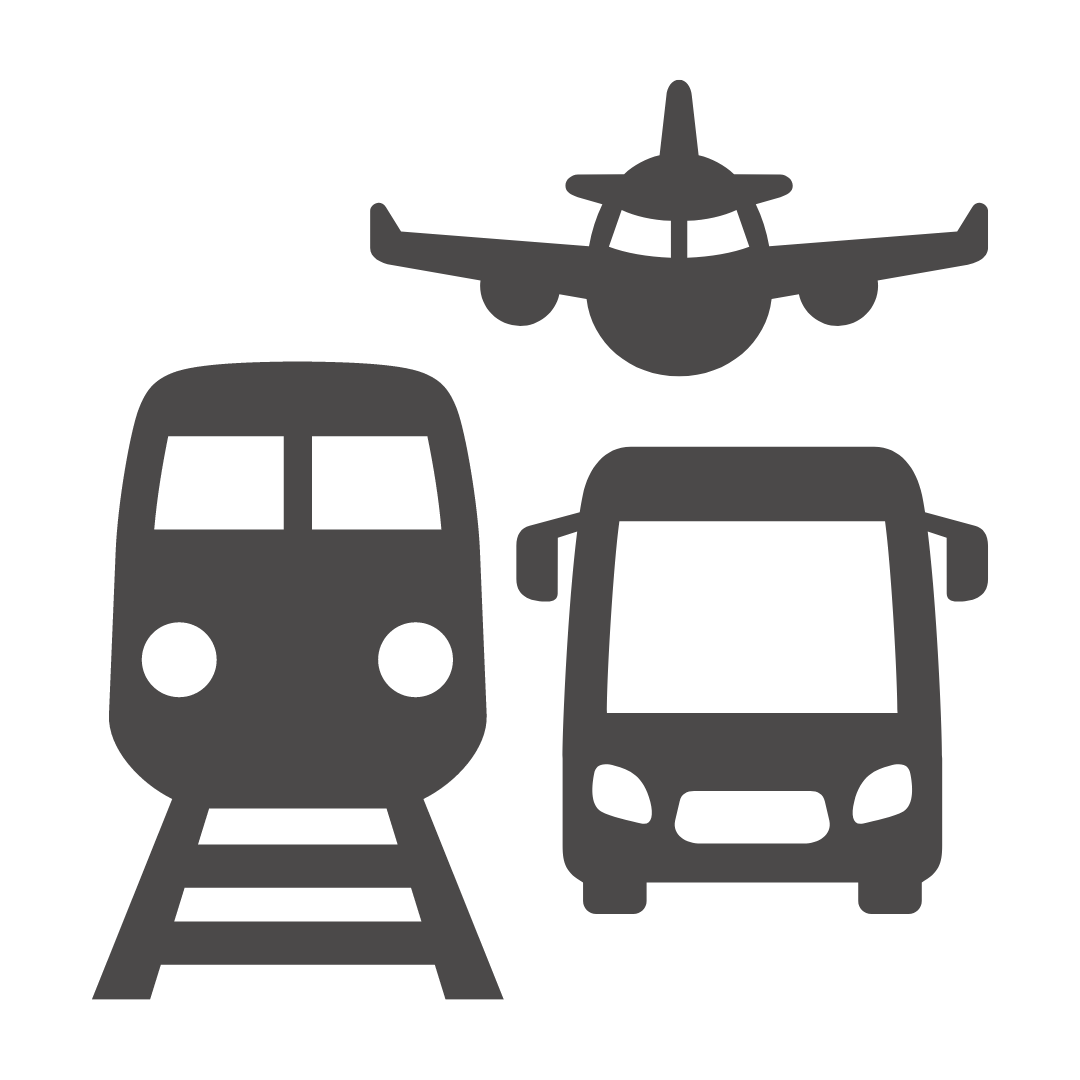
Ambulance Response in Rural vs. Urban Areas

Ambulance services are imperative for people facing medical emergencies, the offer immediate access to critical care. However, ambulance response and its efficiency vary significantly between rural and urban areas, particularly in a diverse country like India. In this blog, we will delve into the disparities in ambulance service between rural and urban regions, explore the challenges faced in both settings, and discuss potential solutions to bridge this crucial gap.
The current state of Ambulance Service in India
India has a vast and diverse landscape which presents unique challenges for ambulance services. Urban regions in the country reap the benefits of better infrastructure, well connected roads and other resources. On the other hand, rural areas struggle with limited access to medical care. Well maintained road, better road networks and a more extensive emergency response infrastructure make it easier for the residents of urban areas to enjoy better ambulance services, when needed. In metropolitan cities like Mumbai, Delhi, ambulance services are comparatively efficient in reaching the patients quickly, often within few minutes or even taking the patient to the hospital. In contrast, rural areas face multiple obstacles that hinder the prompt delivery of ambulance services. Limited road connectivity, inadequate healthcare infrastructure, and long distances to medical facilities are some of the common challenges in rural India. It may even take few hours, which can be a matter of life and death in critical situations.
Also read: CGHS hospital list jaipur
Challenges in Rural Areas
Let us now discuss some of the key Challenges in Rural Ambulance Response. Firstly, more often than not, rural areas lack well-maintained roads, which makes it challenging for ambulances to reach remote locations swiftly. Poor road conditions can delay emergency response and may often prove fatal to patients. Secondly, rural residents often have to travel long distances to reach the nearest healthcare facility. These long journeys can worsen the medical conditions, making timely ambulance response critical. Another important factor is resource scarcity, ambulance services in rural areas may face resource constraints, including a shortage of ambulances, trained personnel, and medical equipment.
This inadequacy can obstruct the quality of care provided during patient transit. Moreover, many rural residents may not be aware of the importance of calling for an ambulance during emergencies before it is too late. This lack of awareness can lead to delayed response times and an increase in fatalities. In remote rural areas, limited access to telecommunication networks can hinder the ability to request ambulance services promptly. Which, in turn, further delays the response time.
Moving on to the Urban ambulance response, its advantages and challenges. Urban areas benefit from a more extensive network of healthcare facilities, which allows for quicker access to specialized care. A higher density of healthcare facilities is another plus point when it comes to urban areas. What a blessing having healthcare centres every few kilometres is, cannot be known unless you face a medical emergency and do not have a quick access to one or if you need to travel to remote locations, especially during an emergency.
Also read: Top 10 Ambulance Service Providers In Jaipur
Challenges In Urban Areas
Although, urban areas are densely populated, which in turn, creates traffic congestion, which can impede the swift movement of ambulances during emergencies. However, if we put the situation into perspective, a higher population density often means more ambulances and quicker response times. Another challenge faced by urban areas is navigating through narrow urban streets by ambulance drivers.
Now that we have seen the challenges faced in both urban and rural regions, let’s move on to a few solutions for bridging the gap between rural and urban areas.
The most important way to solve this issue is making and developing roads and bridges, it may even be coupled with creating a separate lane for ambulances. An interconnected network of well-maintained roads has the potential to solve half the problems faced by rural areas with regard to ambulance response time. Investment in road infrastructure is crucial to improving ambulance response times and for the ambulance to reach remote areas. Another way to solve the problem could be by expanding the fleet of ambulances in rural areas. It may seem lower the quality of health providers, but will give a quick access to the patients in dire need of one.
Government initiatives and partnerships with non-governmental organizations (NGOs) can help provide more ambulances to regions having an underprivileged population. Another step towards bridging the gap could be by implementing telemedicine facilities between rural areas and healthcare experts. Improved communication networks will make sure that emergency calls reach ambulance services promptly. But, training programs and awareness campaigns are of utmost importance. It should be conducted in rural areas to educate residents about the importance of calling for an ambulance during emergencies. Community health workers can play a crucial role in spreading awareness. Scientific medical care must be encouraged as people in the rural areas have a tendency to take matters relating to health lightly and wait until it’s too late.
Training and installing more EMTs in rural areas can improve the quality of patient care during transit. EMTs are able to administer first aid, give immediate care and stabilize patients en-route to the hospital. In addition, collaborations between the government, private healthcare providers, and NGOs can help optimize ambulance services. These partnerships can improve resource allocation and enhance response times.
These variations in ambulance response between rural and urban areas in India is a critical issue that affects the lives of countless people. Bridging this gap is essential to ensure that all citizens have an equitable access to medical care, especially, during emergencies.






















